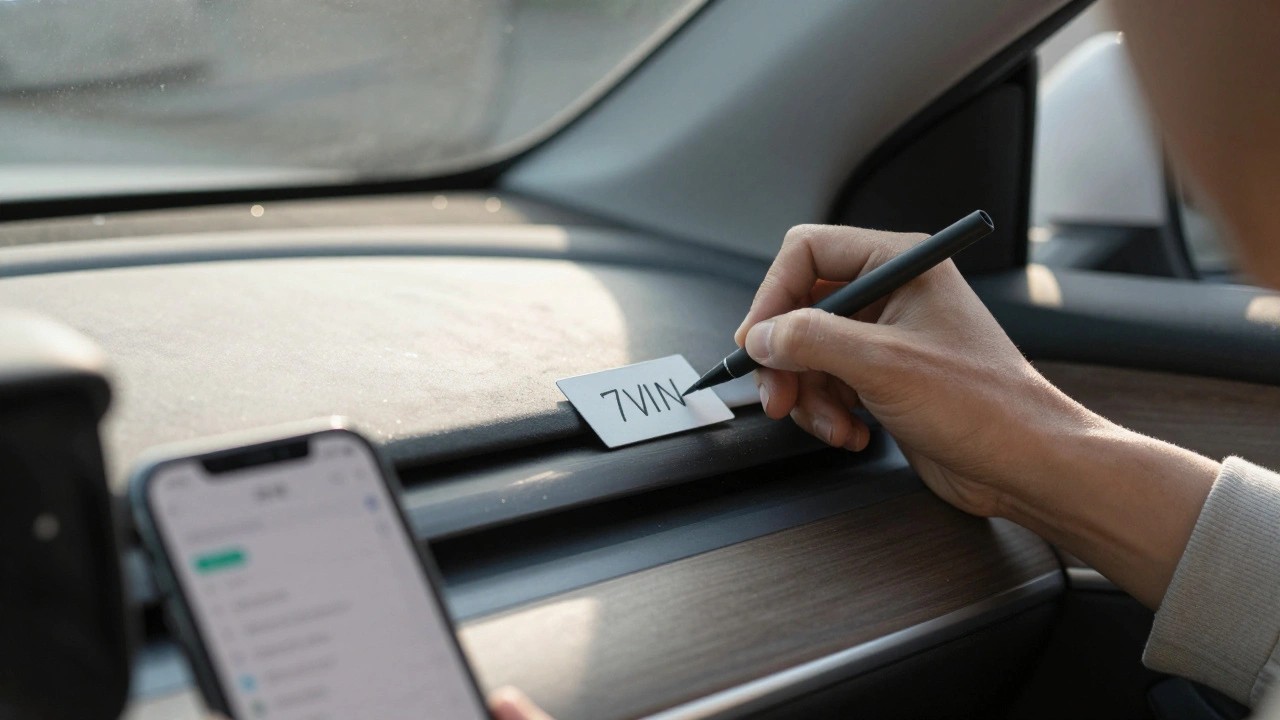Truck Bed Coating: Protect Your Pickup with Durable, Long-Lasting Lines
When you haul tools, gear, or heavy cargo, your truck bed takes a beating. A truck bed coating, a protective layer applied to the interior of a pickup truck’s cargo area to resist wear, corrosion, and impact. Also known as truck bed liner, it’s not just a cosmetic upgrade—it’s a necessary shield for anyone who uses their truck like it’s meant to be used. Without it, the metal underneath gets scratched, rusts, and eventually corrodes, turning your investment into a repair bill you didn’t plan for.
Not all coatings are the same. There’s spray-on bed liner, a thick, rubberized material sprayed directly onto the truck bed for maximum grip and impact resistance, often used by contractors and farmers. Then there’s drop-in bed liner, a pre-molded plastic or rubber tray that fits into the bed like a shell, easier to install but less protective against sharp edges. And don’t forget paint-on bed coating, a thinner, more affordable option that still blocks moisture and minor abrasions. Each type has trade-offs in cost, durability, and ease of repair.
Truck bed coating isn’t just about stopping dents—it’s about keeping your truck’s resale value high. A clean, undamaged bed can add thousands to your trade-in price. It also makes cleaning easier. Mud, salt, gravel, and chemicals don’t stick like they do to bare metal. You wipe it down, and it’s done. No scrubbing rust stains or fighting corrosion that’s already eaten through the metal.
People who skip this step often regret it after one season of hauling firewood, dog crates, or construction debris. The damage isn’t always visible right away, but moisture gets trapped under scratches, and rust creeps in slowly. By the time you notice, the repair isn’t a simple re-coat—it’s panel replacement. That’s why the best time to apply a coating is when your truck is new. But it’s never too late. Even older trucks benefit from a fresh layer.
What you’ll find below are real-world guides and experiences from people who’ve been there. You’ll see how different coatings hold up over time, which brands actually deliver on their promises, and how to avoid the common mistakes that ruin installations. Whether you’re thinking of doing it yourself or hiring a pro, the posts here give you the facts—not the marketing fluff. No one’s selling you a product here. Just the truth about what works, what doesn’t, and why your truck deserves better than bare metal.





